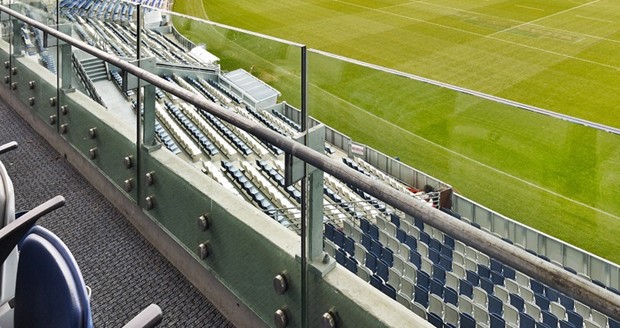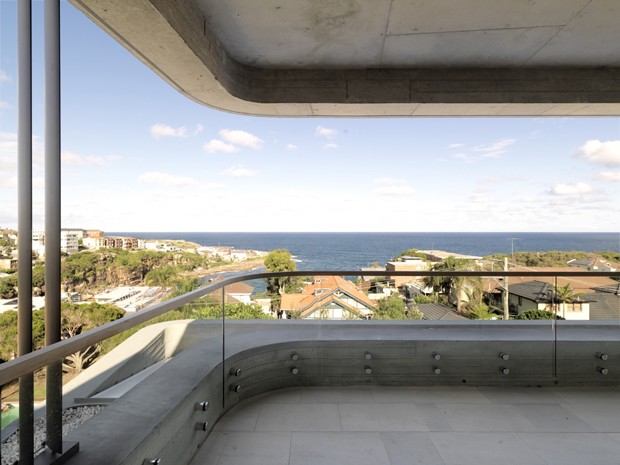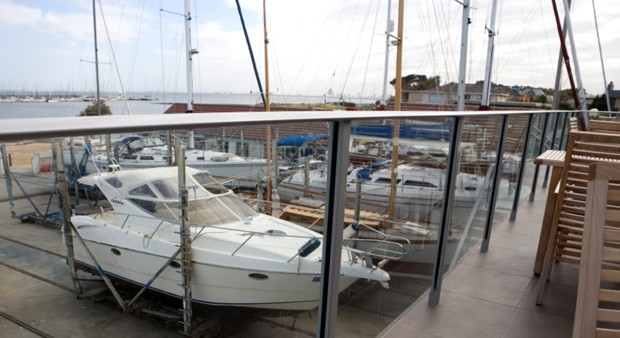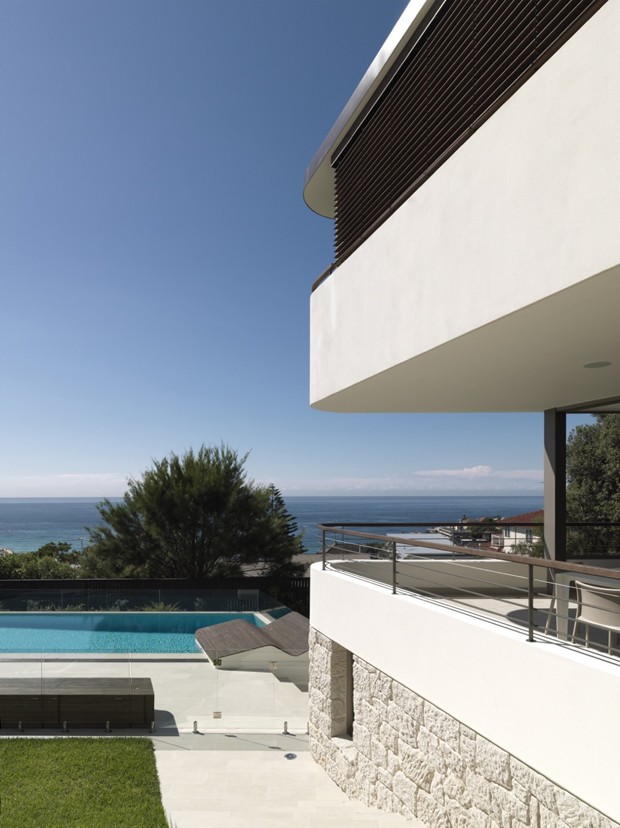Outdoor living spaces are very much a feature of contemporary residential and commercial projects these days, a sign of the casual living that typifies the Australian culture.
However, most of these areas tend to go hand-in-hand with railings or balustrades, especially if they sit at a height above the ground.
The Building Code of Australia prescribes that a continuous balustrade or barrier must be provided alongside any stairway, ramp, balcony, veranda or mezzanine if these areas are not bounded by a wall, and more than one metre above the adjoining floor or finished ground level.
But, while they are necessary for safety requirements, these physical barriers can sometimes go against the open-plan aesthetic and lifestyle that have become more popular over the last few decades.
“You need to put careful thought into coming up with something that doesn’t feel like such a visual barrier,” explains David Hallett of Archicentre, the building advisory service of the Australian Institute of Architects.
“What most people are trying to achieve is a balustrade that doesn’t represent a solid structure, which can make an outdoor living area feel quite enclosed.”
As a result, one of the top current trends for railings and balustrades are those that allow a high level of visibility through them. Not only does this work to create the illusion of greater space, but it also sanctions the room as an extension of building, opening up the interior to the spaces and views beyond.
Railing & Balustrades Options: Glass
According to Hallett, there has been a slight shift away from the conventional materials of timber or iron work, both of which are fairly heavy and high-maintenance.
“A more contemporary balustrade borrows materials and technologies from other industries to create something a little more lightweight and transparent,” he says.
One option is the glass balustrade, which provides maximum visibility through it to a view, whether that might be a pool, garden or some landscaping.

Glass balustrades from the Frameless range by Axiom Group. Image courtesy of Axiom Group
A few decades ago, glass would have been deemed too flimsy and not hard-wearing enough a material to act as a safety barrier. However, as technology improved and Australian Standards were put in place, it has become a popular choice for many residential and commercial applications, especially in urban areas.
Glass can form part of a balustrade in two ways, either as an infill within an outer frame or structure, such as aluminium or timber, or as the main structural component of the balustrade.
In both cases, the glass used must be Grade A toughened safety glass or, if used at higher levels, must be Grade A toughened laminated safety glass. It has been said that toughened glass is around five times stronger than standard float glass.
The exact specifications, detailed by the Australian Standard 1288: Glass in Buildings – Selection and Installation, is furthermore dependent on a number of variables, including the height it will be used at and the load it is subject to.
One of the latest legal requirements in Australia is the heat-soaking of glass, which subjects toughened glass to elevated temperatures for a specific time depending on its thickness, Charles McAlpin, business development manager at Axiom Group, says.
“The purpose of this low heating of glass over an extended time is designed to test the glass to see if it will explode due to impurities in glass, such as Nickel Sulphide. This process is said to fast track the life of the glass by 25 years to determine if it were to explode in that time frame,” he explains.
Another new innovative glass balustrade product is the use of special SGP inter-layers for toughened laminate glass. These inter-layers ensure that the glass panels can withstand the required 0.75K/n load without the use of a handrail.
Aesthetically pleasing and ensuring uninterrupted views, glass has the added advantage of being easy to maintain. Used externally, glass panels also provide a windbreak.
Gordons Bay House by Luigi Rosselli Architects is one project that has used glass balustrades to negotiate the views, so that even from within the house, residents have an unhindered view of the bay.

Gordons Bay House by Luigi Rosselli Architects. Photography by Justin Alexander
For Rosselli, creating minimal interruptions and enhancing the transparency of the glass barriers are important. The firm achieves this by avoiding the use of too many joints, which can form a black line, and specifying a minimum of 1.5 metre long sheets of glass.
Glass is also a suitable material for outdoor commercial spaces, bringing with it the same benefits of opening up an area and allowing for visual freedom.
For instance, the Brighton Yacht Club in Victoria utilises the AxiLume Semi Frameless Neo Suite by Axiom Group, which enables patrons to have unrestricted panoramic views of the bay. Here, the subtle design of the glass balustrades cater to the appearance of the yacht club facility, with the AxiLume Suite durable enough for a seaside application.

Brighton Yacht Club makes use of the AxiLume Semi Frameless Neo Suite by Axiom Group.
However, Hallett points out that the throw-back of glass is that it is expensive, and so might not be the most cost-effective design solution if there are many metres of balustrading to do. It might also be unsuitable for projects situated in less urban areas.
Horizontal cable balustrades and vertical steel balusters, both of which offer structural performance with minimal effects on space, are two other highly visible alternatives.
As with glass balustrades, these options borrow technology and materials from other sectors. Cable balustrades, for example, come from the yachting or boating industry.

Railings and balustrades which allow a high level of visibility through them were used in various forms at the Gordons Bay House. Photography by Justin Alexander.
Slender vertical steel balustrades can also work to accentuate height and provide a sense of safety. As a simple solution, they are eligible for use in contemporary applications too.
Keeping in line with design and aesthetics, railings and balustrades have transcended the role of simply being a physical barrier – to stop people from falling off – to becoming a part of the design connecting the interior and outdoors.

